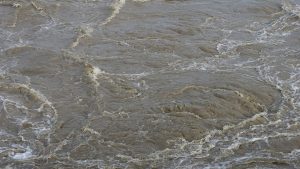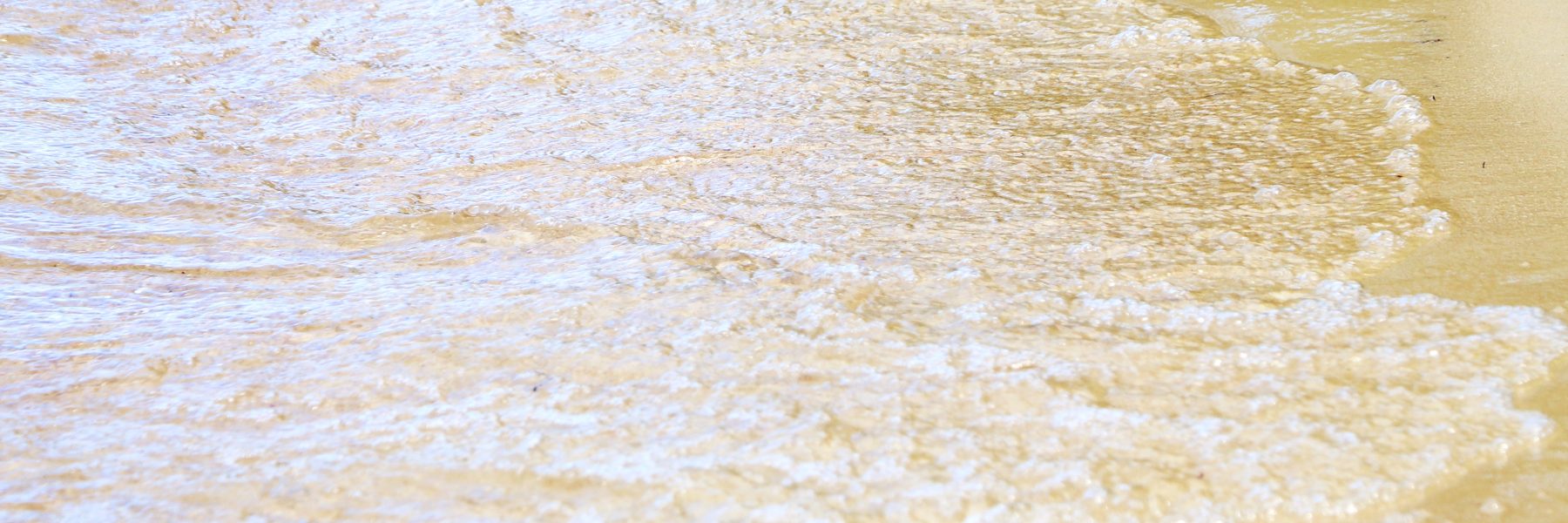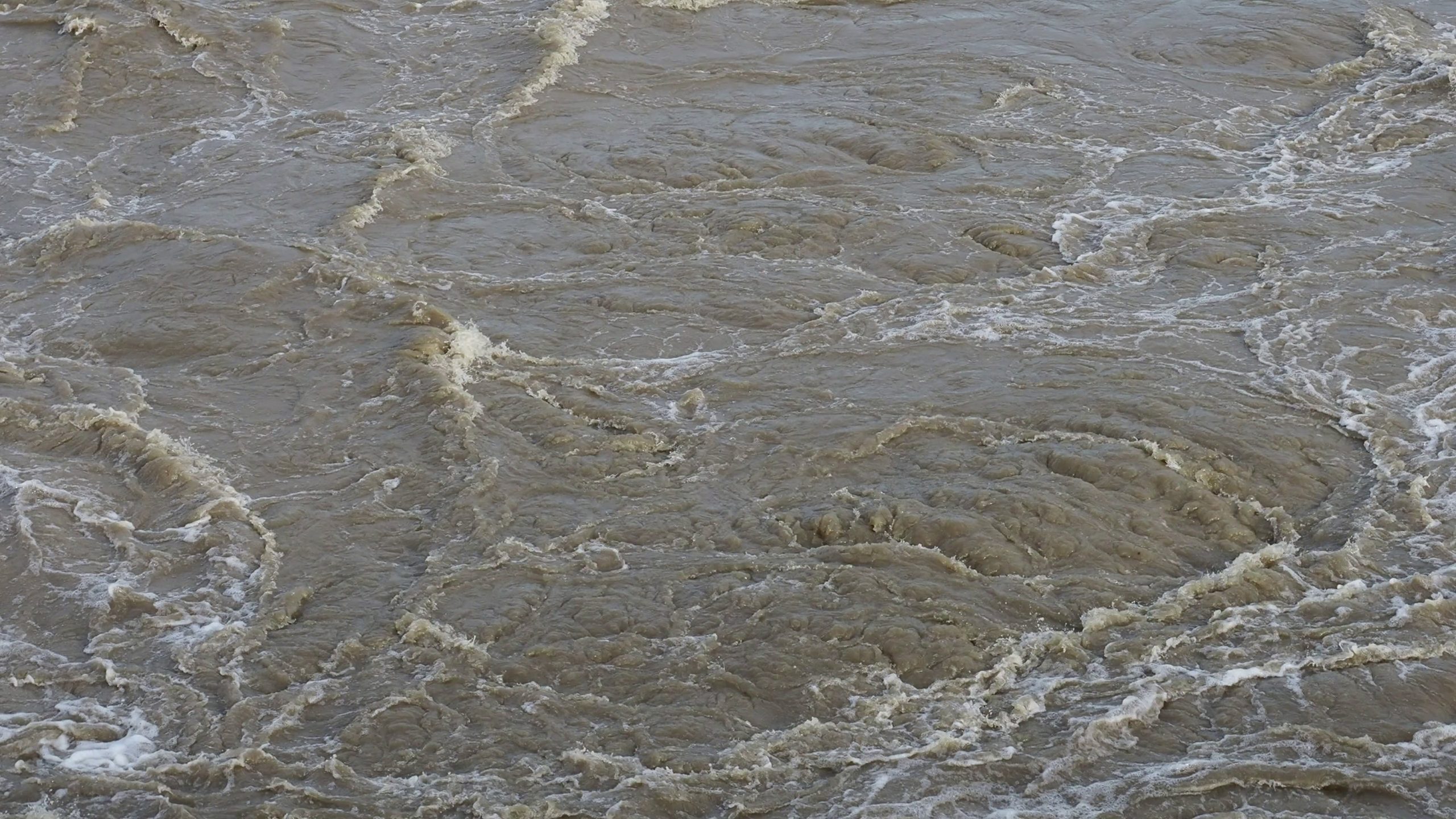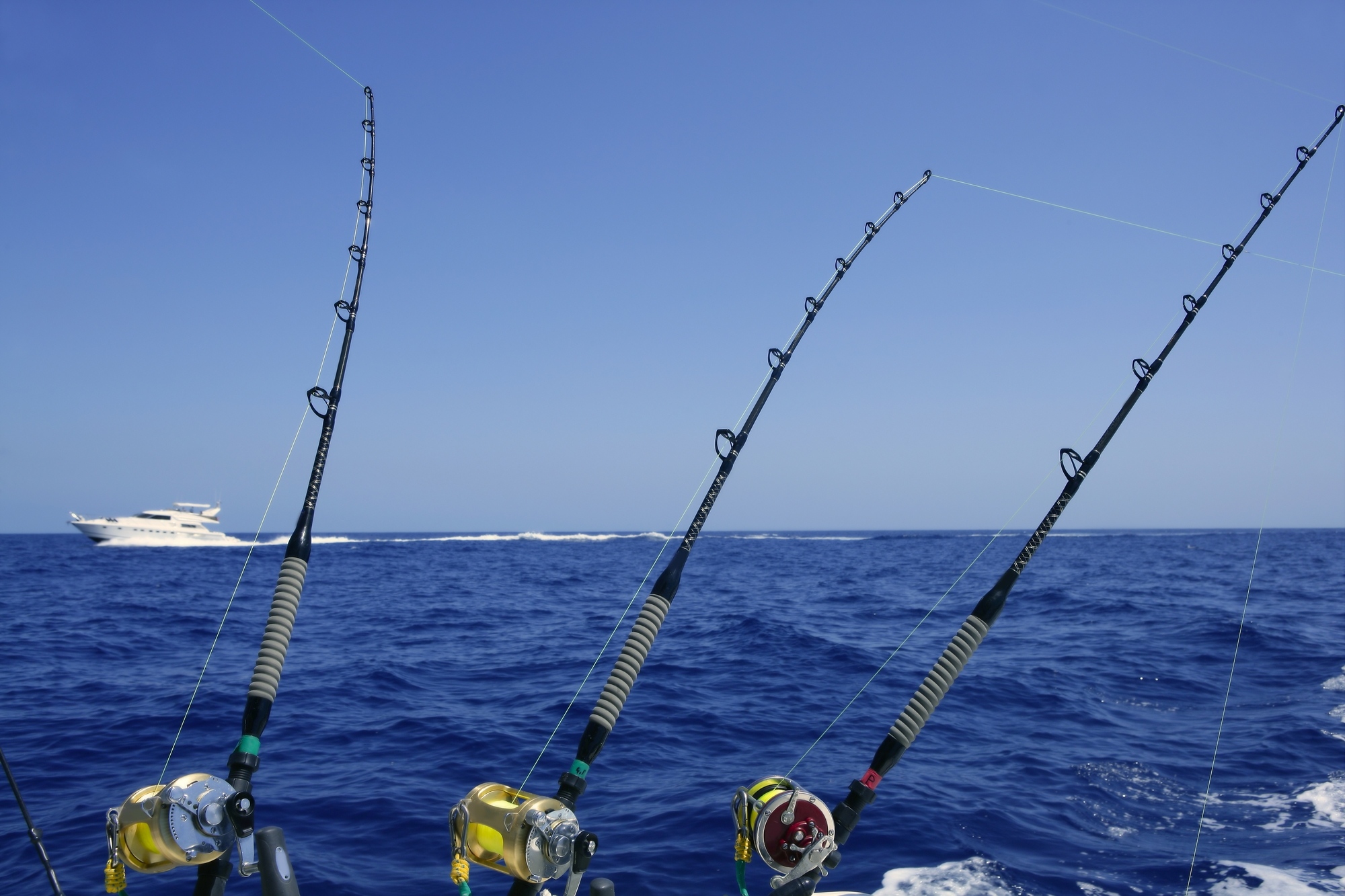How long is slack tide
 As a newbie in the fishing industry, it is essential to know about tides because they will impact your outings. Perhaps you want to know how long is slack tide, and how to fish in the slack tide. Or maybe you are interested in fishing the Chesapeake Bay and are curious to know if you can fish there during slack tide. This article answers all the questions you have relating to fishing and tides.
As a newbie in the fishing industry, it is essential to know about tides because they will impact your outings. Perhaps you want to know how long is slack tide, and how to fish in the slack tide. Or maybe you are interested in fishing the Chesapeake Bay and are curious to know if you can fish there during slack tide. This article answers all the questions you have relating to fishing and tides.
Tide is the movement of the water current. This movement is caused by the gravitational pull of the moon, sun, and earth. The kinds of tides that are influenced by this force of gravity are referred to as astronomical tides. There are three types of these tides: diurnal tide, semi-diurnal tide, and mixed tide. Where the diurnal tide cycle consists of a high tide and a low tide on a lunar day, the semi-diurnal tide has two high tides and two low tides. When these tide cycles combine, the result is a mixed tide which has two unequal high tides and two unequal low tides occurring within a lunar day. Read on to know more.
About slack tide
When water waves occur, the water rises and falls. It rises to a point where it attains its maximum height which is referred to as high tide or crest. After high tide, the water recedes and it gets to a point where it attains its minimum height which is referred to as low tide or trough. At some point in the water current, there is little to no movement of the current at all. This is called slack tide and it usually lasts for 45 minutes or, in some places, up to one hour.

What you should know about tides
There are some essential concepts and terms you should know when it comes to the tide. Understanding these concepts will help you to properly understand how tides work. Here are some of them:
High tide
This is the minimum height of the tide as the water current moves
Low tide
This is the minimum height of the water as the current moves.
Floodtide
Floodtide occurs when the tide is rising and following inland, covering the seashore.
Ebbtide
Ebbtide occurs when the tide is falling and flowing towards the sea. During ebb tide, the seashore is visible as the water flows from it.
Tidal range
Tidal range refers to the difference in the maximum height of the tide, referred to as high tide, and its minimum height, referred to as low tide.
Astronomical tides
These are tides that are caused by the gravitational pull of the moon, the sun, and the earth. These tides can occur twice, that is, one high tide and one low tide, in some places. This is called diurnal tide. In some places, it can occur four times, that is, two high tides and two low tides, and this is called semi-diurnal tide. There is also mixed tide which is a combination of diurnal and semi-diurnal tide.
Meteorological tides
These are tides that are caused by other elements aside from the moon, the sun, and the earth, like ice, wind, and so on. An example of a meteorological tide is a storm.
Springtide
If the moon aligns with the sun, there will be spring tides. Spring tides happen when high tides record maximum heights and when low tides record minimum heights. Spring tides occur two times within one lunar month.
Neap tide
Neap tide happens after spring tide. The high tides recorded in neap tides are lower while the low tides record greater heights.
Fishing slack tide
When you go fishing, you go where the water is moving. However, in the slack tide, water may not move or move extremely slowly. So how do you fish in a tide like this?
You can target the short time before the tide to fish. If you miss it, the time after the tide is another fruitful time to launch. If you did not target any of these times, you can also fish
.
An excellent way to beat the slack tide and still take some catches home is to search for areas where the water is still moving. You will have to look around for places where the wind is high and moving the water.
Also, the inlets and passes are places to find fish for the catch when the tide is either at a standstill or is moving very slowly. These areas are not as easy to fish when the water current is moving with speed, either towards the seashore or inland, as they are to fish when the water is relaxed.
FAQs
How long does the tide take to turn?
Most places experience two high tides and two low tides occurring within a lunar day which is 24 hours and 50 minutes. As such, the tide takes 6 hours and 12.5 minutes to turn from low to high and vice versa.
How long is a slack tide in the Chesapeake Bay?
The Chesapeake Bay has slack tide in the bay and the ocean maintains the same water level. And this occurs three hours after the tide has reached a minimum height which is low tide.
What type of tides occurs in the Chesapeake Bay?
In the Chesapeake Bay, there are two kinds of tides: semi-diurnal tide and mixed tide. These tides occur in different parts of the Bay.
Conclusion
Slack tide occurs when there is little to no movement in the water current, usually occurring on either side of low and high tide. There is 6 hours and 12.5 minutes time difference between high and low tide and low and high tide. As an angler, you can fish at any time, even when the water is slack. One way to fish slack water is to go to the areas where there is wind movement. There are essential terms and concepts that anglers ought to know to broaden their knowledge of tides, including astronomical tides, meteorological tides, high tides, low tides, flood tides, ebb tides, and so on.





Comments 1